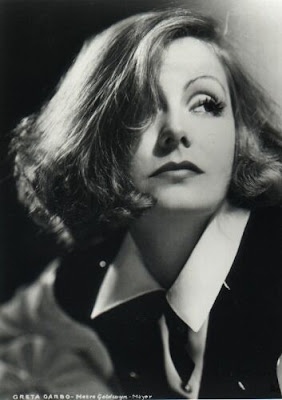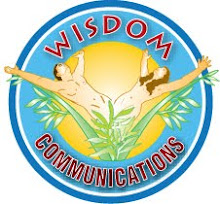What’s Wrong With The Current RP Indie Comic Books (According To All Anonymous Out There)

This is SOPHIA BOOKS in downtown Vancouver, BC. This is my favorite comic store because it's multilingual. It carries all comic books from allover the world.

If comic books are dead, why do we always see these fans buying comics in Vancouver, BC?
Complaints, complaints, and more complaints.
That opening sentence is definitely fragmentary and Strunk and White of that age-old Elements of Style rules would have definitely chewed my ear off for using it, but fuck the duo. It is there to emphasize the dissatisfaction of many irritated, disillusioned-sounding “anonymous” posting their sometimes nonchalant, other times extremely bitter, if not abusive – comments against the status of RP’s indie comic books.

A Neighborhood comic book store in Vancouver, BC.
However, this is now the time to give all of you the opportunity to be truthful in expressing your views.

Would Bayani Fernando's alipores not kick you out of Cubao's sidewalks if you've worn something like this? Another "anything goes" in crazy Vancouver.
It has been going on for quite sometime now, that these – what we call in Bicol – “tawong lipod”, meaning the “unseen people,” have been harping day in and day out on the dismal state of the RP comic book indie publishing. The other group, however, would swear to high heavens, how excellent these Indie comic books are, and that the anonymous critics are so blatantly unfair. By the way, Tawong Lipod is used to describe the MALIGNO in the Bicol region. They’re there in our midst, but most people do not see them (just like the anonymice in the world wide web), unless one has been born with very sharp psychic perceptions.

Another neighborhood comics outlet in Vancouver.
Once and for all, I am opening a “portal” to let all the spirits, including poltergeists and other demonic entities, to enter into the world of “Tawong Lipod”, so that we can tackle this unsettling issue of RP Indie Comic Books. These unnamed critics have been pleading to be given the opportunity to unleash their dissatisfaction and their right to be heard. Well, the time has come for that opportunity.

Golden Age Collectables, one of the biggest comic book stores in downtown Vancouver.
But, let me make this clear, though. All comments will be screened. I am allowing the names of authors to be mentioned, the title of the book, and the review of the book. However, personal vendetta, invective, and/or innuendos, such as the ones relating to one’s sexual orientation, status in life, and other personal things, will not be allowed.

Would you be caught dead wearing one of these costumes in downtown Cubao? Comic book fans donning their favorite superhero costumes during Free Comics Day in downtown Vancouver.
I am expecting every criticism (pro or against a book) to be written with care and civility. We are here to express CONSTRUCTIVE CRITICISM, and nothing more. Constructive criticism, by the way, is an honest-to-goodness review of the book. It should be fair even if one is disagreeing with the book. Say why you like or don’t like a particular Indie Comic Book and the accompanying explanation. I will allow phrases that professional critics use in their work to make the language colorful and alive and to give emphasis to an idea, but any abusive word will definitely be flushed in the toilet.

Laban kayo sa kanya? He could barely walk, but he's already a comic book fan! Way to go, wee one!
Well, then, let’s hear your brilliant ideas, critics. Let’s also hear your response, Indie Comic Book creators. If your book has been critiqued, you are more than welcome to give your response. If you chose not to respond, that’s fine as well. Rest assured that I am doing this here in my blog to give both sides the opportunity to exchange both side’s ideas, and if we can come up with satisfactory outcome, it will be the best of both worlds for all.

Archie comics just won't go away. They're everywhere in every nook and cranny of the north American landscape.
The portal is now open. You are all cordially invited to express your views. You may come in.























